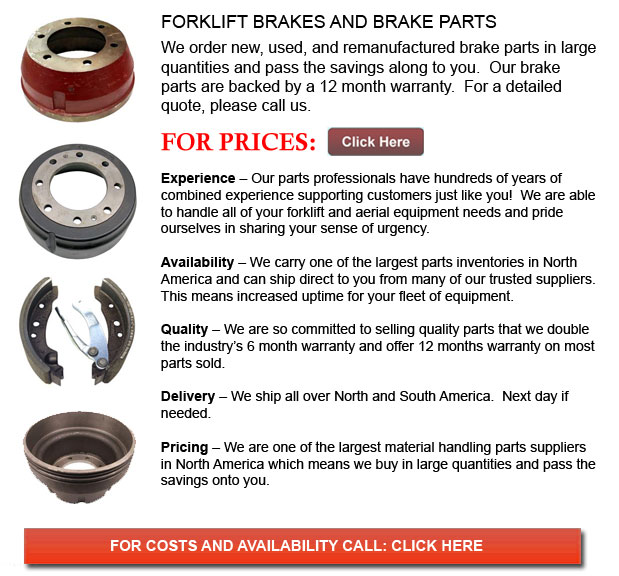
Forklift Brakes - A brake drum is in which the friction is supplied by the brake pads or brake shoes. The pads or shoes press up against the rotating brake drum. There are a few various brake drums types with particular specific differences. A "break drum" would usually refer to whenever either shoes or pads press onto the interior exterior of the drum. A "clasp brake" is the term utilized to be able to describe when shoes press against the exterior of the drum. One more type of brake, called a "band brake" utilizes a flexible band or belt to wrap round the outside of the drum. If the drum is pinched in between two shoes, it can be referred to as a "pinch brake drum." Similar to a standard disc brake, these kinds of brakes are rather rare.
Early brake drums, previous to the year 1995, needed to be constantly modified so as to compensate for wear of the drum and shoe. "Low pedal" can result if the needed modifications are not done satisfactorily. The motor vehicle can become hazardous and the brakes could become useless whenever low pedal is combined along with brake fade.
There are quite a few various Self-Adjusting systems used for braking accessible nowadays. They can be classed into two individual categories, the RAI and RAD. RAI systems are built-in systems that help the device recover from overheating. The most well known RAI manufacturers are AP, Bendix, Lucas, and Bosch. The most well-known RAD systems include Bendix, Ford recovery systems, Volkswagen, VAG and AP.
Self repositioning brakes normally use a device which engages just when the vehicle is being stopped from reverse motion. This stopping approach is satisfactory for use where all wheels make use of brake drums. Most vehicles nowadays use disc brakes on the front wheels. By functioning only in reverse it is less likely that the brakes will be applied while hot and the brake drums are expanded. If tweaked while hot, "dragging brakes" can happen, which increases fuel expenditure and accelerates wear. A ratchet device which becomes engaged as the hand brake is set is another way the self adjusting brakes may work. This means is only suitable in functions where rear brake drums are used. If the emergency or parking brake actuator lever goes over a certain amount of travel, the ratchet improvements an adjuster screw and the brake shoes move toward the drum.
There is a manual adjustment knob located at the base of the drum. It is generally adjusted through a hole on the opposite side of the wheel and this requires going under the vehicle utilizing a flathead screwdriver. It is of utmost importance to be able to move the click wheel properly and tweak each and every wheel equally. If unequal adjustment occurs, the vehicle could pull to one side during heavy braking. The most efficient way so as to ensure this tedious job is completed carefully is to either raise each wheel off the ground and hand spin it while measuring how much force it takes and feeling if the shoes are dragging, or give each one the same amount of manual clicks and then perform a road test.
![]() Click to Download the pdf
Click to Download the pdf
Forklift Parts
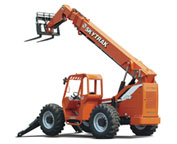
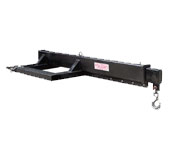
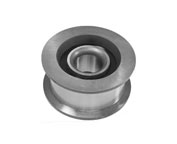
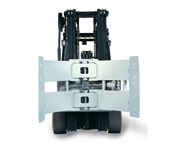
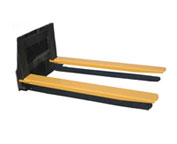
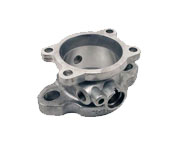
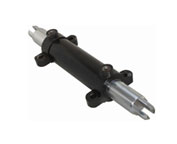
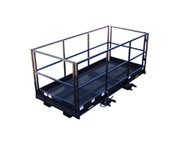
Lift Parts Express
TOLL FREE: 1-888-695-7994
LOCAL: (661) 237-1012
4208 Rosedale Hwy 302-317
Bakersfield, California
forkliftpartsbakersfield.com
Email Us
About Us


